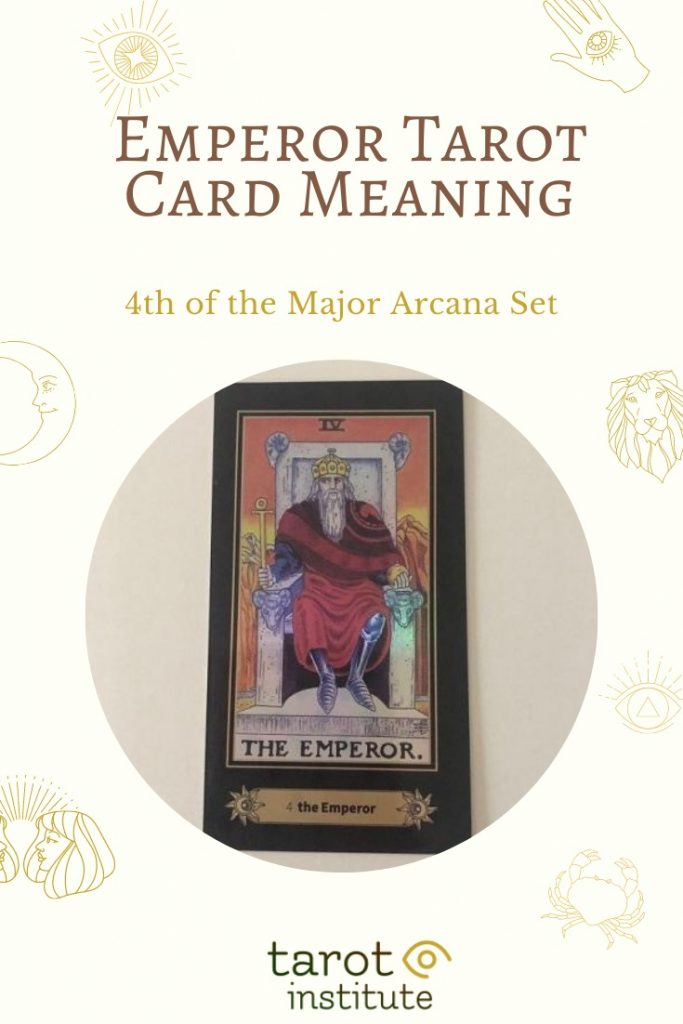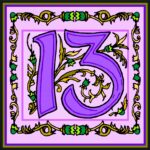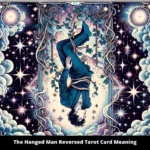The Emperor Tarot Card, designated as the fourth card in the Major Arcana, is a powerful symbol of authority, structure, and leadership. His image typically captures a seated figure adorned in regal attire, representing not only the material realm but also the assertive energies that govern it. As one gazes upon this card, a sense of gravity emerges, extending an invitation to explore the depths of its profound meanings and implications.
In the realm of tarot, the Emperor embodies the archetype of the father figure, often symbolizing authority, stability, and control over one’s environment. He is the embodiment of masculinity, not in the superficial sense, but in the manner of principled leadership and protective providence. The reviewing of his attributes can promise a shift in perspective for those who draw this card. The Emperor invites a reflection on the balance between chaos and order, an exploration of how one may harness personal power without succumbing to tyranny.
1. The Symbolism of Authority
The Emperor’s throne is often depicted as a formidable structure, embellished with ram’s heads. This imagery serves as a potent reminder of confidence and assertiveness. Rams are emblematic of leadership, steadfastness, and the willingness to take charge. In understanding the significance of this symbolism, the tarot enthusiast begins to unravel the notion of authority not merely as dominance, but as a guiding influence that nurtures growth and fosters development.
2. The Balance of Power
As the embodiment of supreme control, the Emperor raises critical questions regarding the balance of power. How does one wield authority without casting shadows? In the upright position, this card symbolizes the responsible use of authority, encouraging individuals to utilize their skills in motivating others while maintaining ethical boundaries. Perhaps the greatest lesson to glean from the Emperor is to ponder how power can be structured to benefit the collective while maintaining personal integrity.
3. Stability and Structure
The Emperor’s influence extends into areas of stability and order. He represents the importance of having a well-defined structure in life. This could manifest in various forms: a stable job, a supportive family, or a clear set of goals. When this card appears in a reading, it may suggest the need for establishing clearer boundaries or routines that promote a sense of security. Such lessons beckon individuals to examine their lives and ascertain whether they need to forge stronger foundations to support their ambitions.
4. The Role of Discipline
Discipline is a hallmark of the Emperor’s energy. He insists on the necessity of self-control—a quality that ensures success in both personal endeavors and communal responsibilities. Considering this, individuals are prompted to evaluate how discipline plays a role in their lives. Are they allowing distractions to impede their progress? In his presence, the card nudges one toward a regimented approach to tasks and goals, thereby cultivating resilience and determination.
5. A Call to Leadership
Drawing the Emperor calls forth an innate potential for leadership that resides within us all. Leadership does not solely refer to commanding authority; rather, it entails inspiring others to strive for a shared vision. The Emperor encourages individuals to embrace this role when the opportunity arises, emphasizing that true leadership is characterized by empathy, wisdom, and accountability. Reflecting on one’s capacity to lead can inspire curiosity in how personal values align with the greater objectives of a community.
6. Challenges of Power
Yet, the Emperor’s energy is not without its challenges. The allure of power may lead to rigidness or a dictatorial stance if one becomes enmeshed in self-importance. This dimension invites a critical dialogue about the costs associated with excessive control and the possible isolation it can generate. Understanding this aspect of the Emperor beckons individuals to remain conscious of their interactions, promoting a balance whereby authority serves rather than subdues.
7. The Reversed Emperor
In contrast, when the Emperor appears in reverse, it emerges as a harbinger of chaos, the disarray that spins from the absence of authority. It can signify issues of powerlessness, lack of structure, or uncontrolled impulses. This state brings to light the adverse effects that a vacuum of leadership can create, encouraging individuals to confront underlying fears regarding their abilities to govern their own lives or circumstances. The reversed Emperor thus serves as a mirror, reflecting internal conflicts that require attention.
8. Practical Applications of the Emperor’s Lessons
Ultimately, the Emperor stands as a guidepost in the quest for personal empowerment. His presence encapsulates the idea that true mastery hinges upon the balance of control over oneself and the environment. This card invites individuals to examine their lives through the lens of structure and authority—whether that be in career aspirations, personal relationships, or self-development. Engaging with these themes can uncover hidden potentials and invigorate one’s path to success.
In conclusion, the Emperor Tarot Card transcends its surface imagery, beckoning deep introspection into the nature of authority, balance, and the multidimensional aspects of leadership. It prompts the question: how can we wield authority wisely, not merely to declare our dominion, but to inspire and transform our surroundings? Through reflection and conscious application of the Emperor’s wisdom, one can navigate the intricate tapestry of life with strength and grace.









Leave a Comment